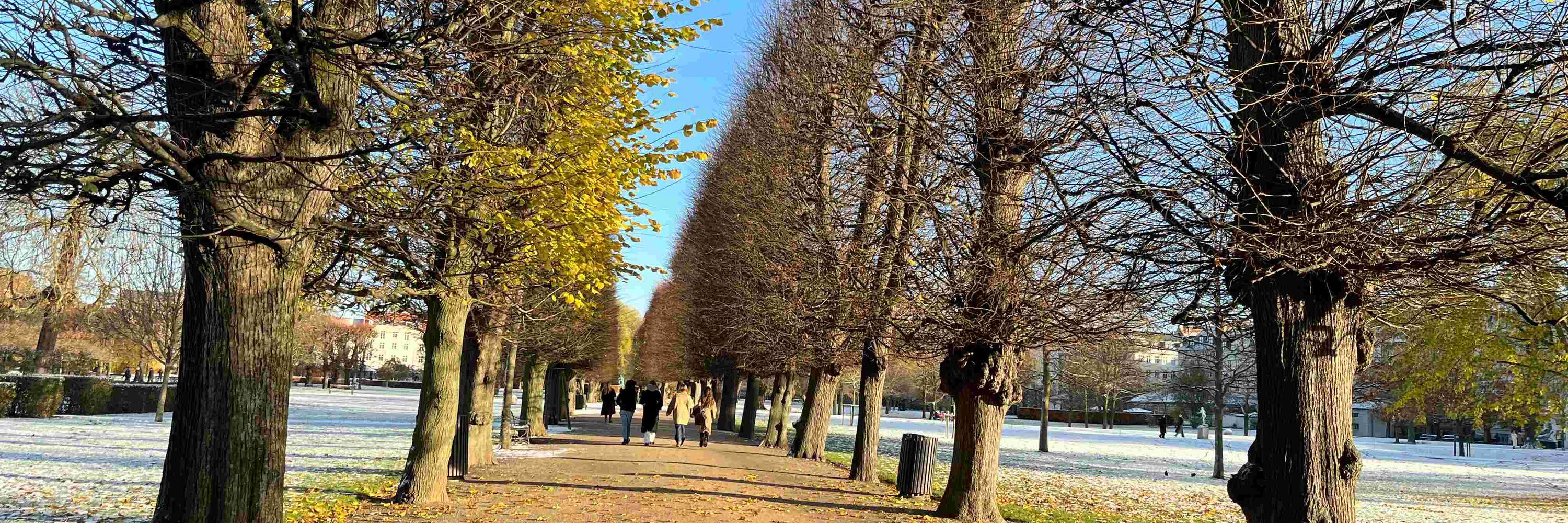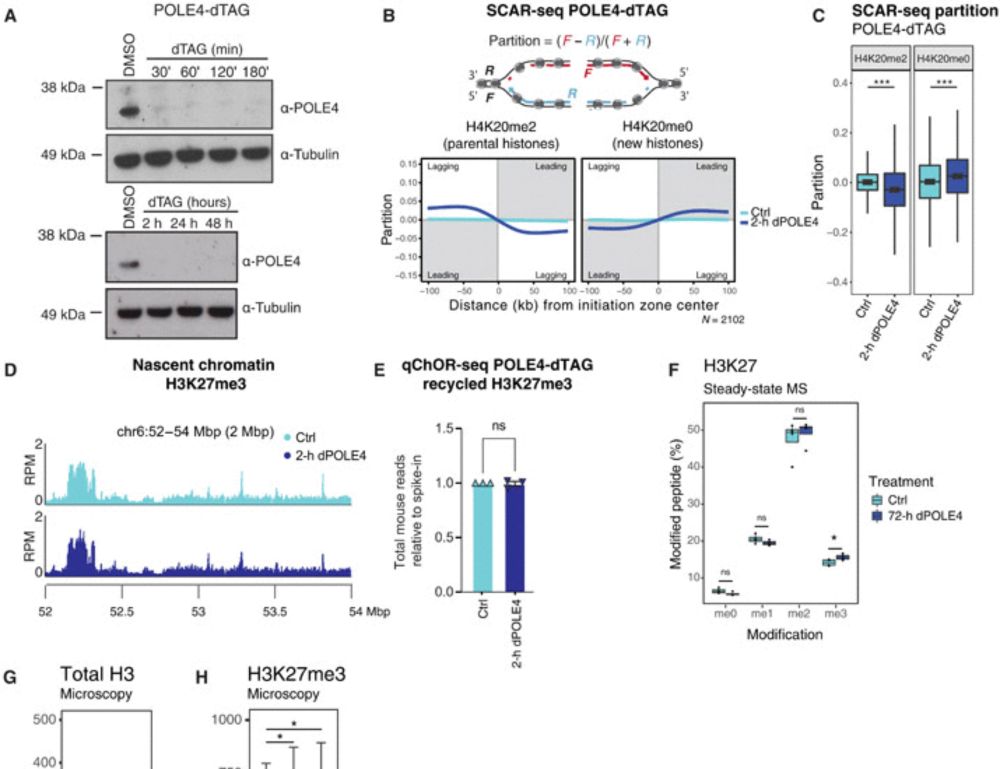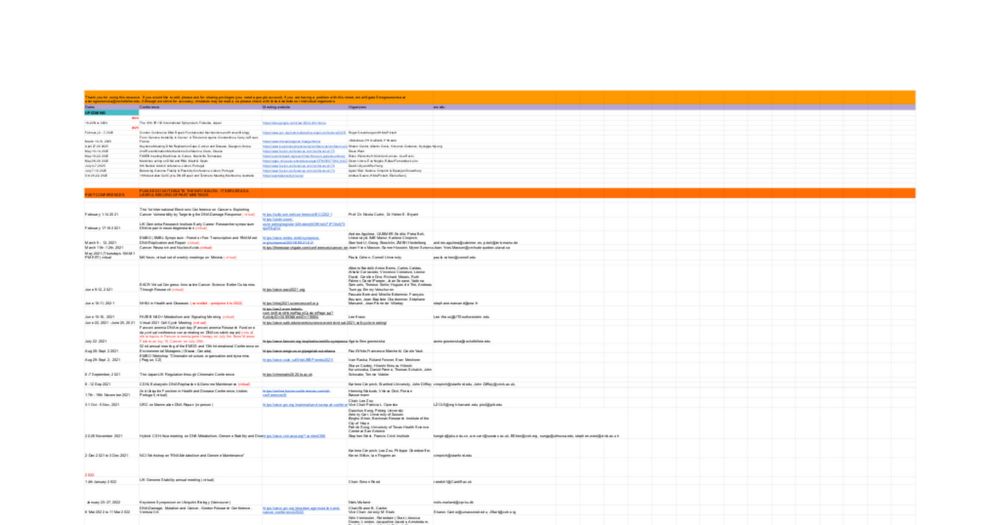
First challenge: design your next @natureportfolio.nature.com article 🚀


First challenge: design your next @natureportfolio.nature.com article 🚀
We found that by using ab initio reconstruction at very high res, in very small steps, we could crack some small structures that had eluded us - e.g. 39kDa iPKAc (EMPIAR-10252), below.
Read on for details... 1/x
We found that by using ab initio reconstruction at very high res, in very small steps, we could crack some small structures that had eluded us - e.g. 39kDa iPKAc (EMPIAR-10252), below.
Read on for details... 1/x

We report that DDIAS is a new component of the mitotic CIP2A-TOPBP1 pathway of genome maintenance. 1/n
www.biorxiv.org/content/10.1...

We report that DDIAS is a new component of the mitotic CIP2A-TOPBP1 pathway of genome maintenance. 1/n
www.biorxiv.org/content/10.1...

Please get in touch with your CV if you are interested; closing date: 27th June 2025.
More details here: candidate.hr-manager.net/ApplicationI...

Please get in touch with your CV if you are interested; closing date: 27th June 2025.
More details here: candidate.hr-manager.net/ApplicationI...

elifesciences.org/reviewed-pre...
elifesciences.org/reviewed-pre...
Great collaboration with John Diffley's lab. Congratulations to Florian Weissmann, Julia Greiwe and all other authors!
rdcu.be/d1F7m

Great collaboration with John Diffley's lab. Congratulations to Florian Weissmann, Julia Greiwe and all other authors!
rdcu.be/d1F7m
docs.google.com/spreadsheets...

docs.google.com/spreadsheets...
💾 github.com/SBQ-1999/Cry...
💾 github.com/SBQ-1999/Cry...


